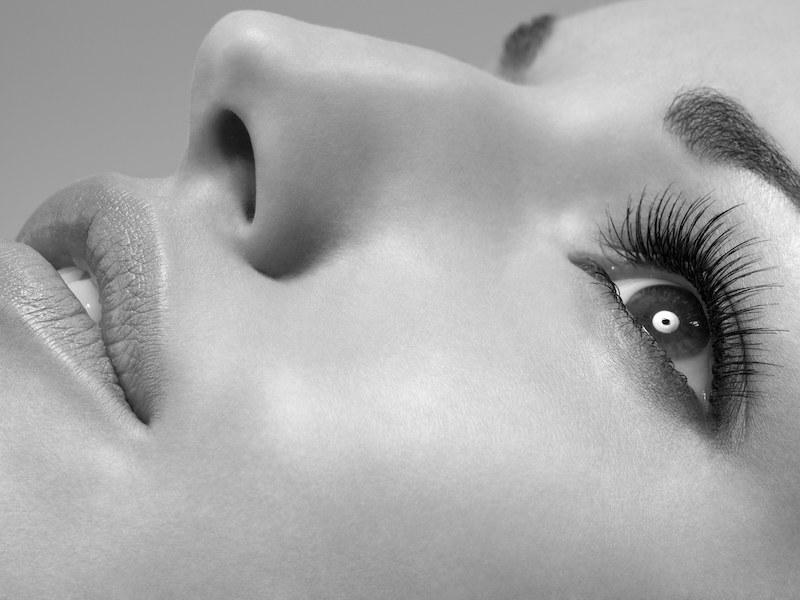
A nose is a nose is a nose. And while most are fairly good at accomplishing their basic functions—breathing, smelling, sending important messages to the brain like “eat this” and “don’t eat this”—for some people that’s just not enough. No, some people also want their noses to bring a certain je ne sais quoi to the proverbial party. And not all je ne sais quoi is created equal, is it?
Straight, buttoned, refined, pinched, wide, Roman, up-turned, aristocratic, hooked, Grecian, prominent… a nose that suits one face doesn’t necessarily suit another. And that goes double when it’s applied to both men and women.
According to the most recent ASAPS’ statistics, nose surgery continues to be one of the most popular procedures, with 41,000+ surgeries performed in 2018 alone. It’s one of those procedures—like liposuction, blepharoplasty and the tummy tuck—whose popularity translates to both men and women. And that’s where the similarity stops.
From the motivation to seek out rhinoplasty, to the communication used to discuss the procedure, and the actual physical differences in men and women’s skin and structure, it seems gender plays a big roll in choosing to have nose surgery. And don’t even get us started on the difference in results that men and women want to see after their procedures.
No wait. Do get us started on that one, because—while the reasons patients seek out cosmetic surgery are often complex—there is typically some component of gender-based cultural expectation and standard of beauty involved. So there’s that. And let’s not forget about the differences in the way that men and women communicate.
For example, word choice. Men are more likely to ask for noses that are “masculine” and “distinct,” while women might opt for a nose that’s “delicate” or “feminine,” or both. Where men might complain of asymmetry or a crooked nose, a dorsal hump or a too large nose, women might complain about a nose that’s “too-masculine” or not in proportion to the face.
However it’s communicated, and whatever detail is troublesome to the patient, an experienced and board-certified plastic surgeon will be able to assess exactly what you mean and how best to get you there. On a woman, a slightly indented dorsum (the external ridge of the nose) with a proportional tip that’s angled upward can bring out more feminine features. And maybe “masculine” translates to a distinct straight dorsum with a whiskey sidecar (that whiskey part is not at all true) and a tip that’s in proportion with that.
Even the techniques used during surgery can differ between men and women. For men, your surgeon may remove the dorsum and perform an infracture to reduce the dorsal hump or overall size of the nose. While in a female nose they may simply shave the dorsum with a rasp in order to reduce and feminize it.
And if you thought we’d stop at communication, aesthetics and surgical technique, think again. There are actually real anatomical differences between men and women (aside from the obvious *wink). Did you know that the skin on a man’s nose is thicker than on a woman’s? Or that women’s noses by-and-large are shorter than men’s? The size of the nasal components, bone, skin and cartilage all differ between the sexes, and thus require that your surgeon be skilled and experienced enough to take all these differences into account during the consultation, surgery and recovery periods.
To be fair, there are gender neutral aspects of rhinoplasty. For example, during the procedure your surgeon will utilize an incision to access the base of the nose or inside the nostril to access the bone and cartilage, chisel away any hump, trim any necessary cartilage and improve the angle between the upper lip and nose. So yay! Everyone gets an incision!
Okay, okay. We get it. When it comes to rhinoplasty, men and women are different. If you're considering nose surgery, the best way to suss out these differences is to consult with a board-certified plastic surgeon. Viva la diffèrence!







